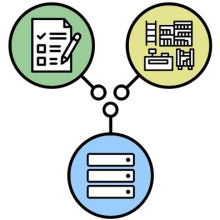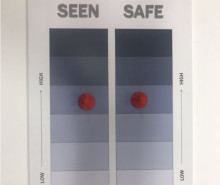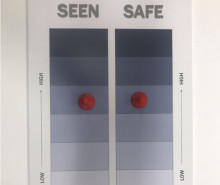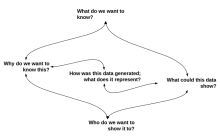Rachel Hoster
Posts tagged with methodology in Blog Tiny Studies
Showing 1 - 10 of 27 items

What do library users want and need when they contact the Ask a Librarian chat service? This post describes a project to design and deliver a survey to gather information on how the library's reference service is meeting community needs. Survey results identified both demographic and service-oriented trends.

Between March 20 and August 31, 2020, the University of Michigan Press made all the titles in the Library-hosted ebook collection, UMP EBC, free-to-read. During this period, U-M Press staff gathered use data in the hope of assessing the impact of free-to-read content while informing the future business strategy. Three different assessment efforts are described in this post.

U-M Library’s Library Search launched in 2018 as a unified search engine application containing five previously distinct interfaces: Catalog, Articles, Databases, Online Journals, and Library Websites. Library Search was a big change for users, and an increase in user support requests suggested that further exploration was needed to pinpoint user pain points. The authors began an exploratory study that helped understand users’ experiences and identified areas for continued work.

This blog post presents how the use of multiple streams of data benefited two recent U-M Library studies. For example, one recent study merged survey data, U-M human resources data, and Library document delivery data to provide a very rich picture of how diverse groups on campus use and experience the Library’s document delivery service. Some advantages of joining multiple data sources in assessment projects are discussed in the context of the two example studies.

In three blog posts, the authors describe a multi-year library service design project. This last post describes the team’s prototyping and testing processes, and our resulting interactive exercise.

In three blog posts, the authors describe a multi-year library service design project. This second post describes the research process used to develop our user experience tool.

In three blog posts, the authors describe a multi-year library service design project. This first post describes the origins and goals of the assessment project.

A project team charged with providing staff training activities approached the project assessment with an iterative design lens, allowing for responsive and timely development of multiple opportunities for staff engagement around organizational and personal change. The team tried out different assessment techniques related to the opportunities offered.

Chances are the work processes you already have in place are generating data that you could be using to learn more about those processes. In this second blog post, the author continues to highlight steps for working with data that is generated by your daily tasks.

Chances are the work processes you already have in place are generating data that you could be using to learn more about those processes. In two blog posts, the author shares some steps for working with data that is generated by your daily tasks.